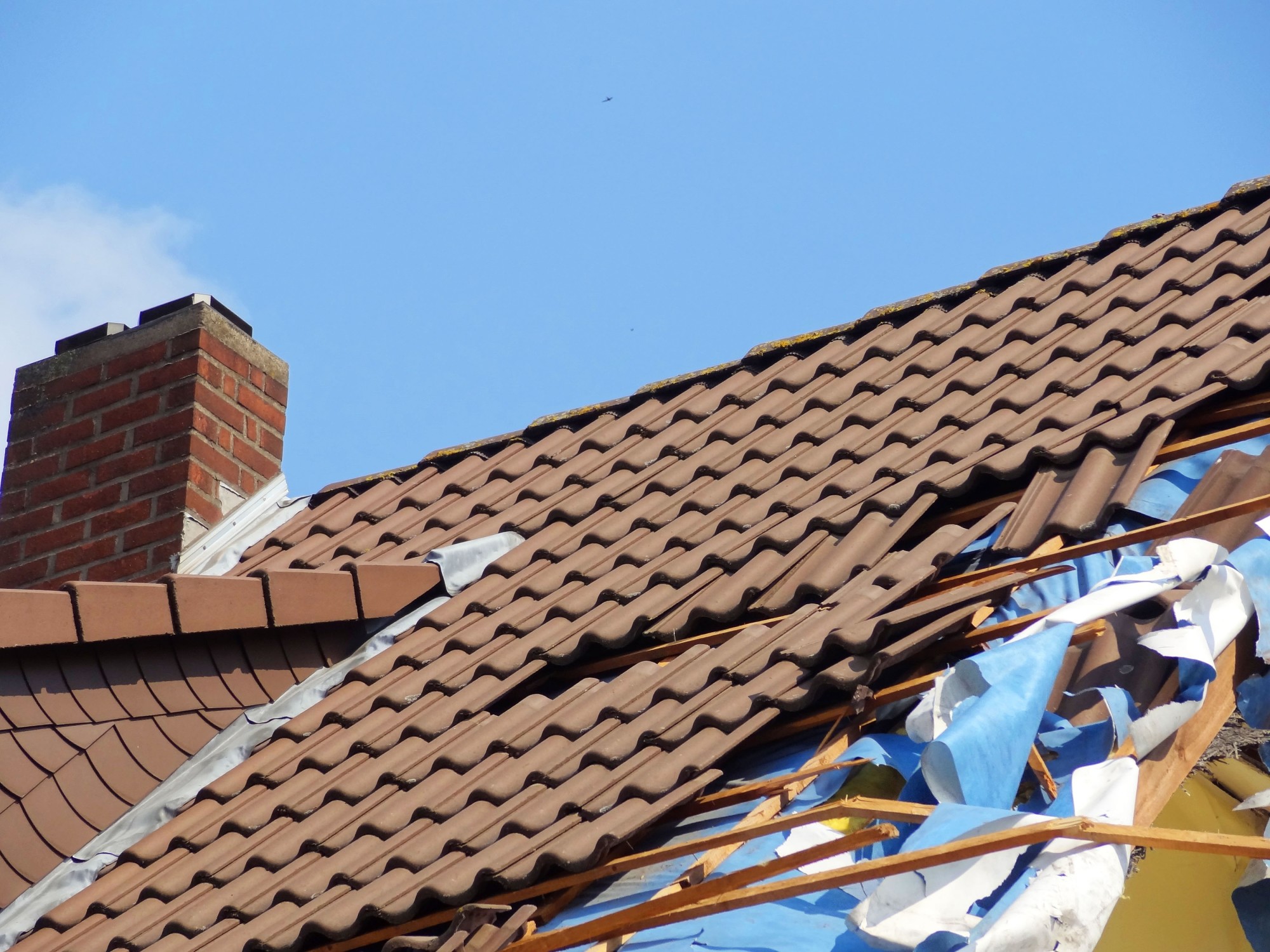Do you need to clean up after a storm, or are you worried about the damage it could cause? One thing for sure is that the task will consume a lot of your time, so it’s best to prepare yourself. Although storms are unpredictable, you can be ready for any possible damage it causes to your home. If you want an effective clean-up, you should set a plan before it hits!
Here are five helpful tips to clear storm damage in a flash. Let’s begin.
1. Move with Caution
There’s no telling what damage will come up after a storm. It could be a leaking roof or broken floorboards. But that doesn’t mean you should rush home. When you assess the scene, do it with care and caution. Everything might still be fragile after the storm hit. That means some damage could appear later on.
So, to prevent accidents and overlooked issues, take your time while you look around. Note down all the damage you find and take documentation to get insurance.
2. Develop a Disposal Plan
Once you’ve figured out the problems, start planning what you should do with items you cannot salvage. Where should you discard them? Will you separate them into groups? Setting this plan will make the removal and disposal quicker once you begin. At the same time, it allows you to look into storm damage repair prices early on.
One way you can do this is separate items based on which ones you can repair or donate. Any other damaged item that doesn’t belong in either pile is for disposal.
3. Locate and Clean Unharmed Belongings
Once you clear the items to dispose of, you can do to the item that works. As long as you confirm there’s no damage, all you have to do is wipe or clean them.
If they work but appear to have minor issues, you can have them repaired along with the damaged items to save time.
4. Check for Water Damage
Next, it’s time to deal with the water damage. If you have stormwater inside your home, you must cut it. Contacting water damage restoration companies quickly is crucial because the faster you call, the more effectively they can mitigate the damage. Prompt intervention helps prevent mold growth, structural deterioration, and other severe issues, ultimately reducing the overall repair costs and restoring your property to its original condition more efficiently.
Clean residue water and dirt using a wet/dry vacuum or mop. Then, open windows and doors or use fans to dry out moisture, especially on the floors and walls.
A storm damage restoration you should consider is checking your drywall and insulation. Change or replace it if it’s soaked to prevent further complications.
5. Address Remaining Issues with a Professional
When you finish the basics, it’s time to delve into the rest of the damage. You may need to contact professionals about some of this storm damage. One of the most frequent reasons is to get storm damage roof repair. In that case, you will need to contact roofing services to have this fixed.
Other problems may have to do with your HVAC and appliances. If that’s the case, contact a technician or HVAC professional to help you.
Make Your Storm Damage Clean-Up Efficient with These Tips
Storm damage can range from minor to severe, depending on the impact of the weather. It won’t be an easy clean-up, but you can clear it sooner with the right tips.
If you want to learn more, you can check out our blog!







